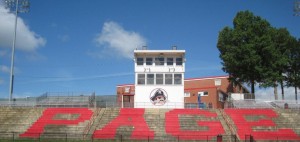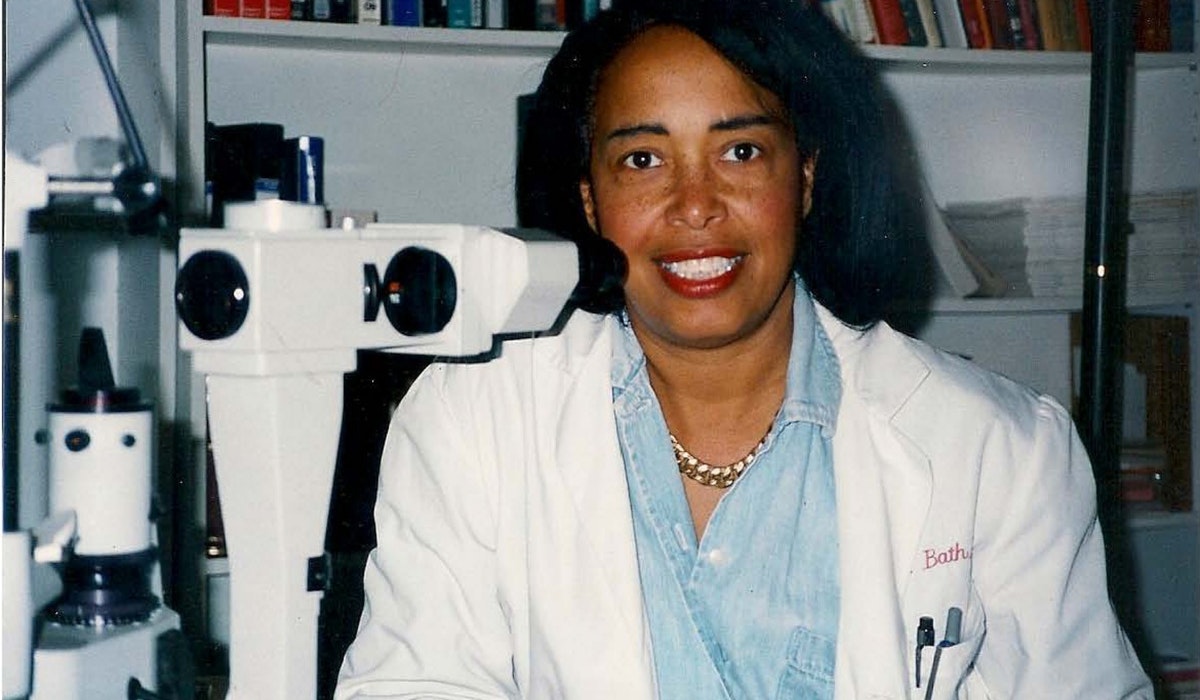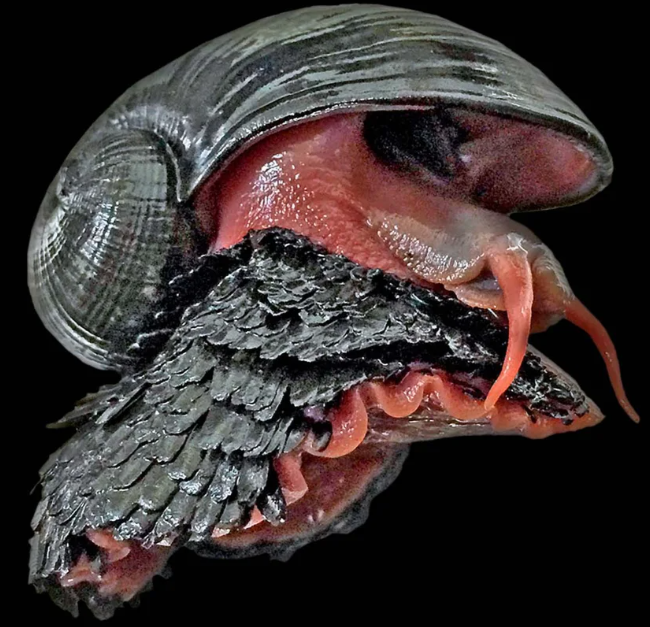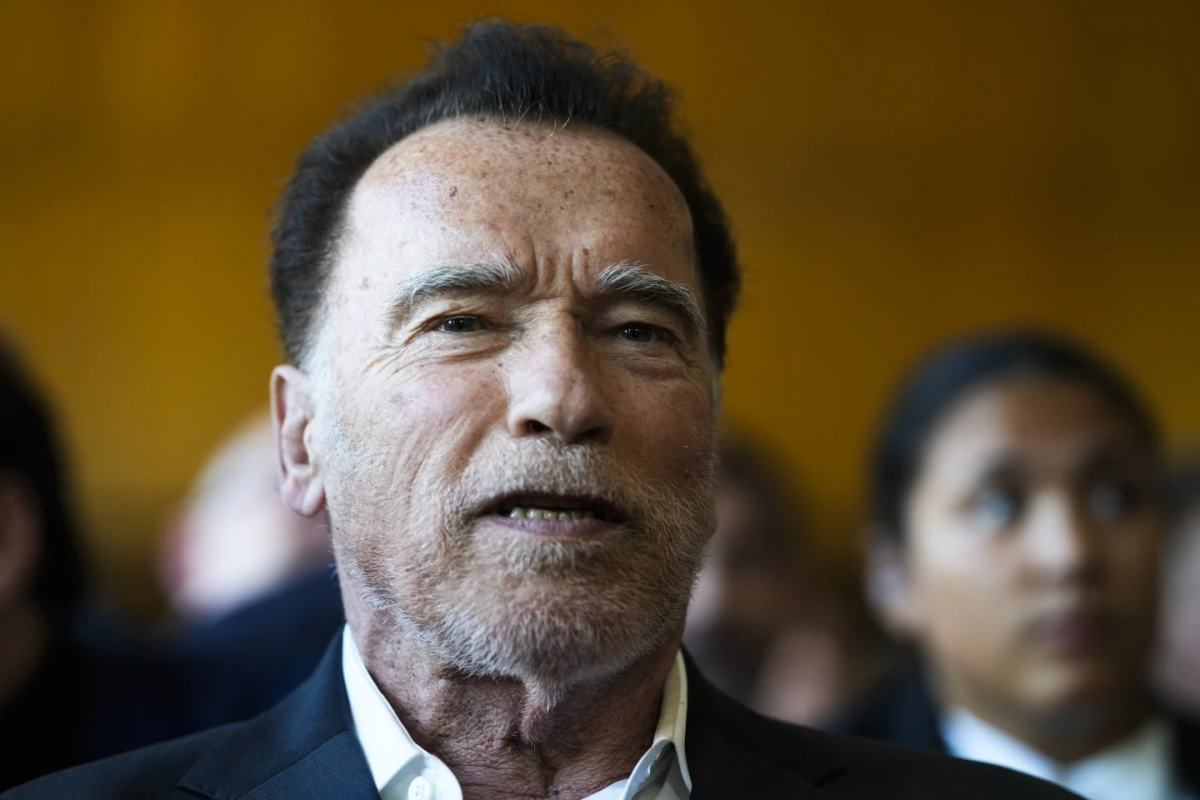Patrica Bath was the first woman ophthalmologist to be assigned to the faculty at the University of California at Los Angeles School of Medicine. She was born on November 4, 1942, in Harlem, New York, her father was a Trinidadian immigrant, and the first black motorman in the New York Subway system.
Her mother was a descendant of African Slaves and Cherokee Native Americans. Bath went to Julia Ward Howe Junior High School and Charles Evan Hughes High School. In 1959, she received a grant from the National Science Foundation so she could attend the Summer Institute in Biomedical Science at Yeshiva University, which is where she worked on a project that studied the relationship between cancer, nutrition, and stress.
In 1964, Bath graduated from Hunter College with her B.S. degree in chemistry, Bath also attended Howard University Medical School. In 1968, Bath graduated with honors with an M.D. degree and won the Edwin J. Watson Prize for Outstanding Student in Ophthalmology. From 1970 to 1973, Patrica Bath married and gave birth to her daughter Eraka in 1972. Bath was an assistant surgeon at Sydenham Hospital, Flower and Fifth Avenue Hospital, and Metropolitan Surgical Hospital in 1973.
Bath moved to Los Angeles, California, and became the first African American woman surgeon at UCLA Medical Center. Bath developed her invention the Laserphaco Probe in 1981, she went to Berlin University to learn more about laser technology and over the next 5 years, she developed and tested a laser instrument that could remove cataracts. On May 17, 1988, Bath got a patent for her invention, she became the first African American female doctor to receive a patent for a medical invention.
Bath was the first woman chair and first female program director of a postgraduate training program. Bath retired from the UCLA Medical Center in 1993, she also was introduced to the International Women in Medicine Hall of Fame in 2001.
















